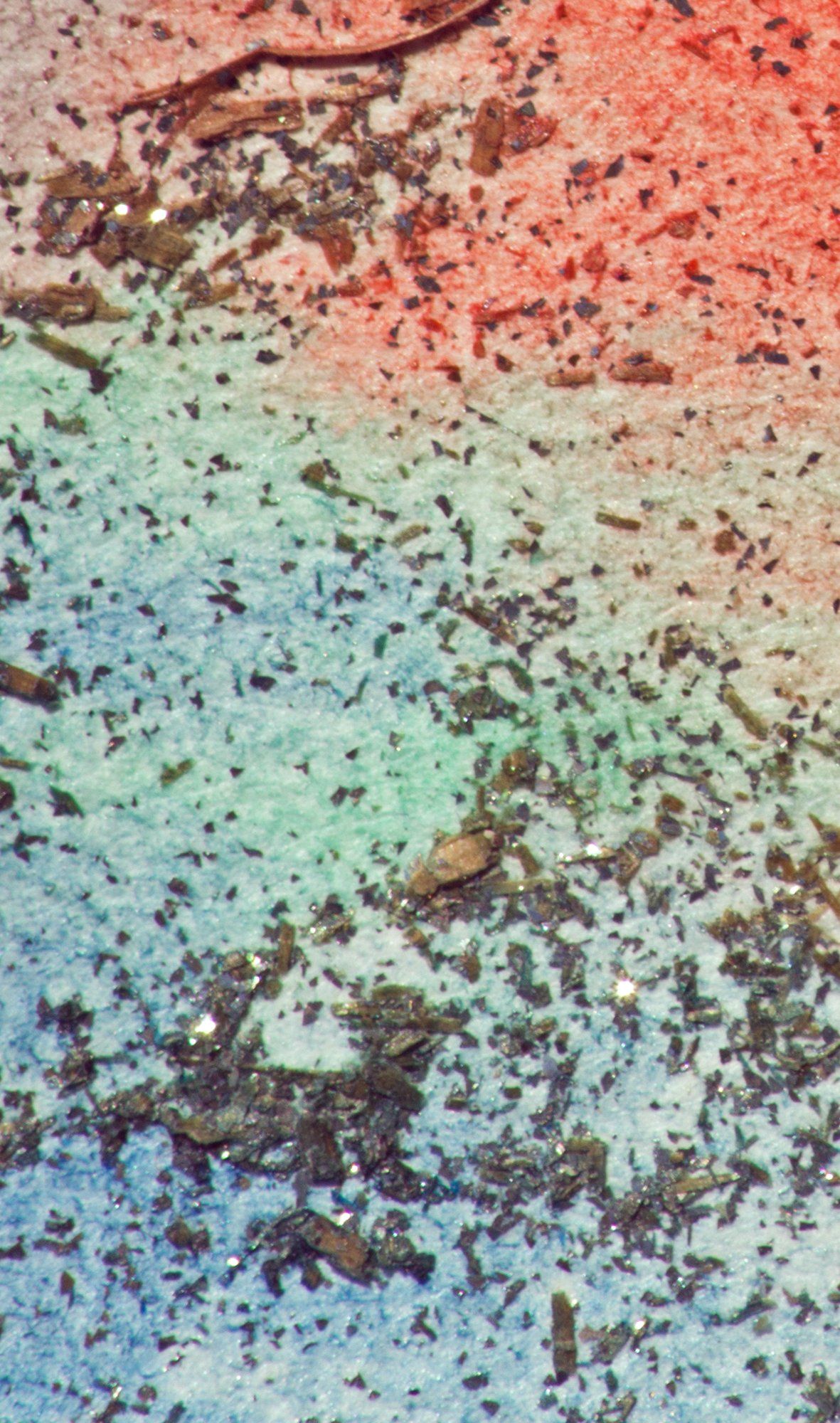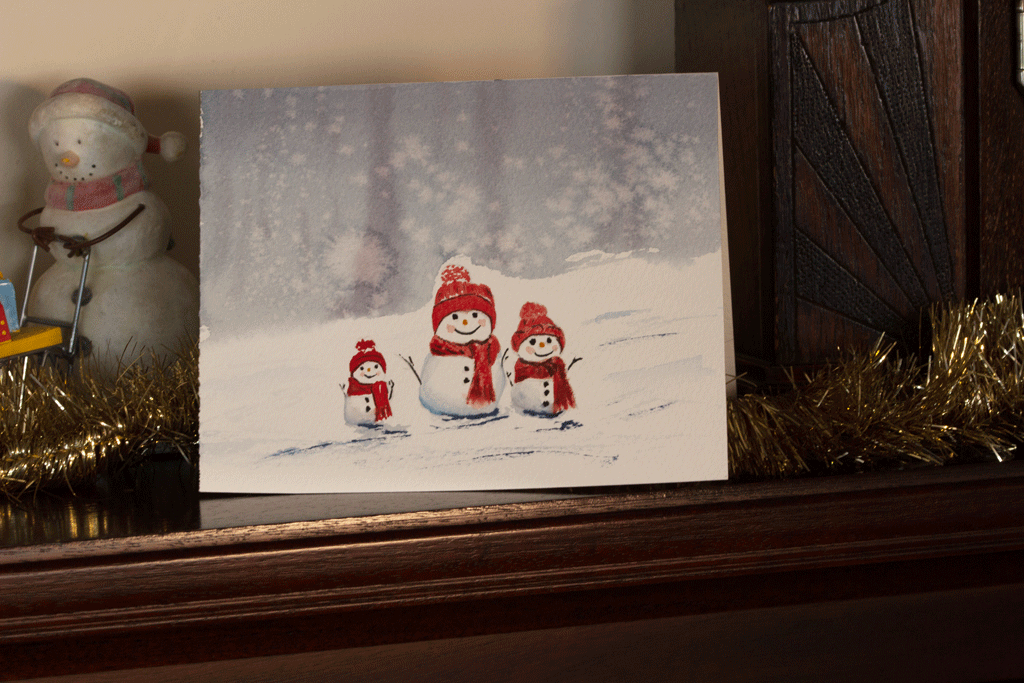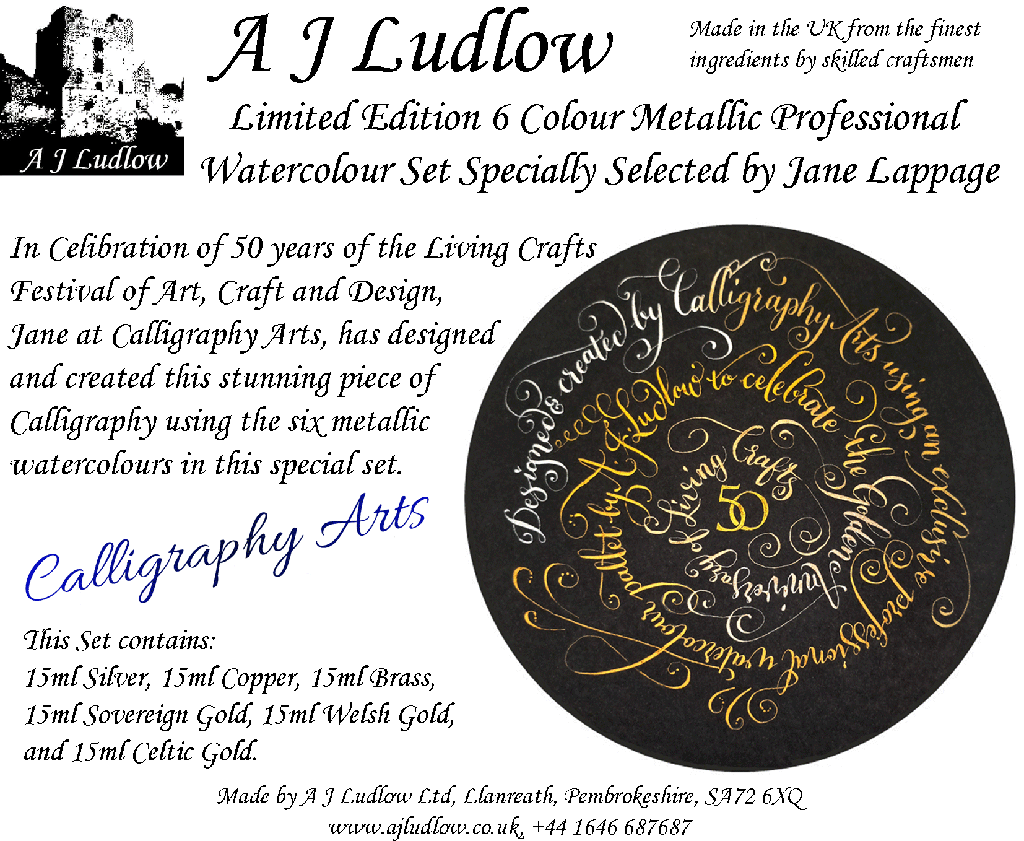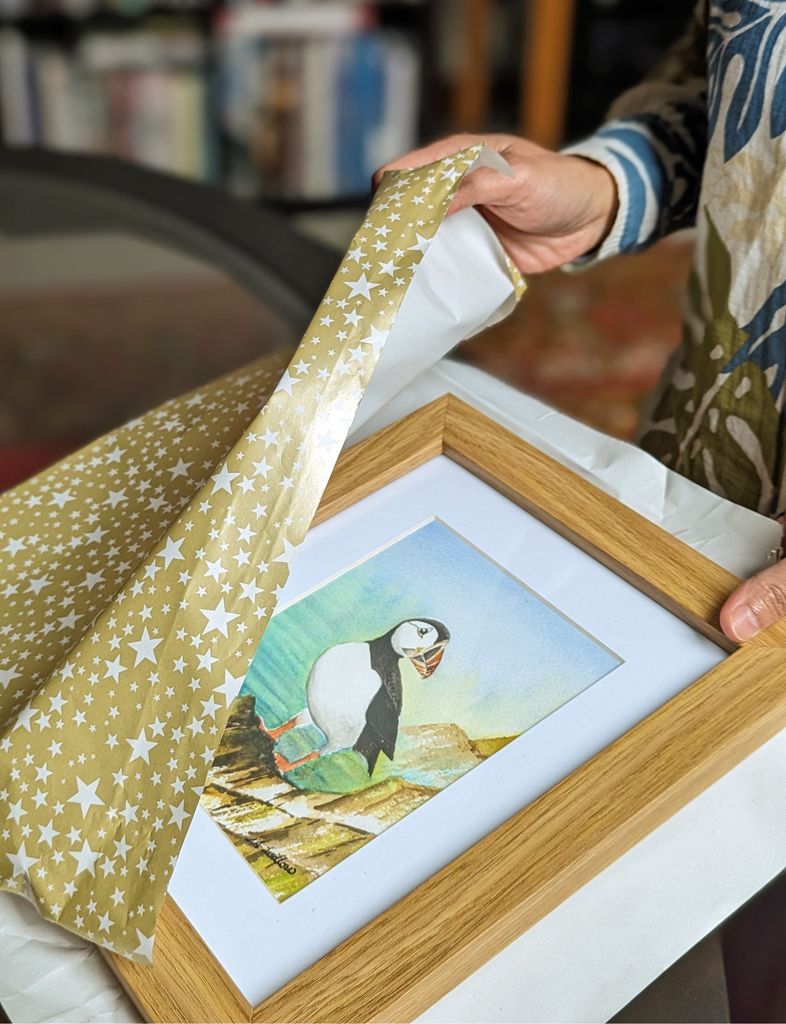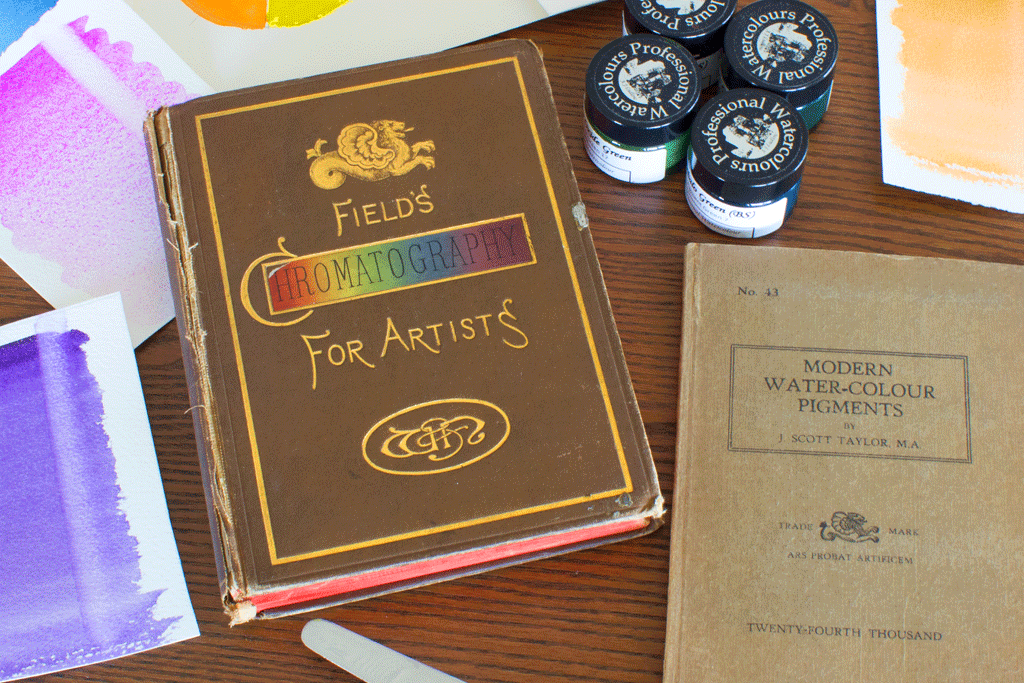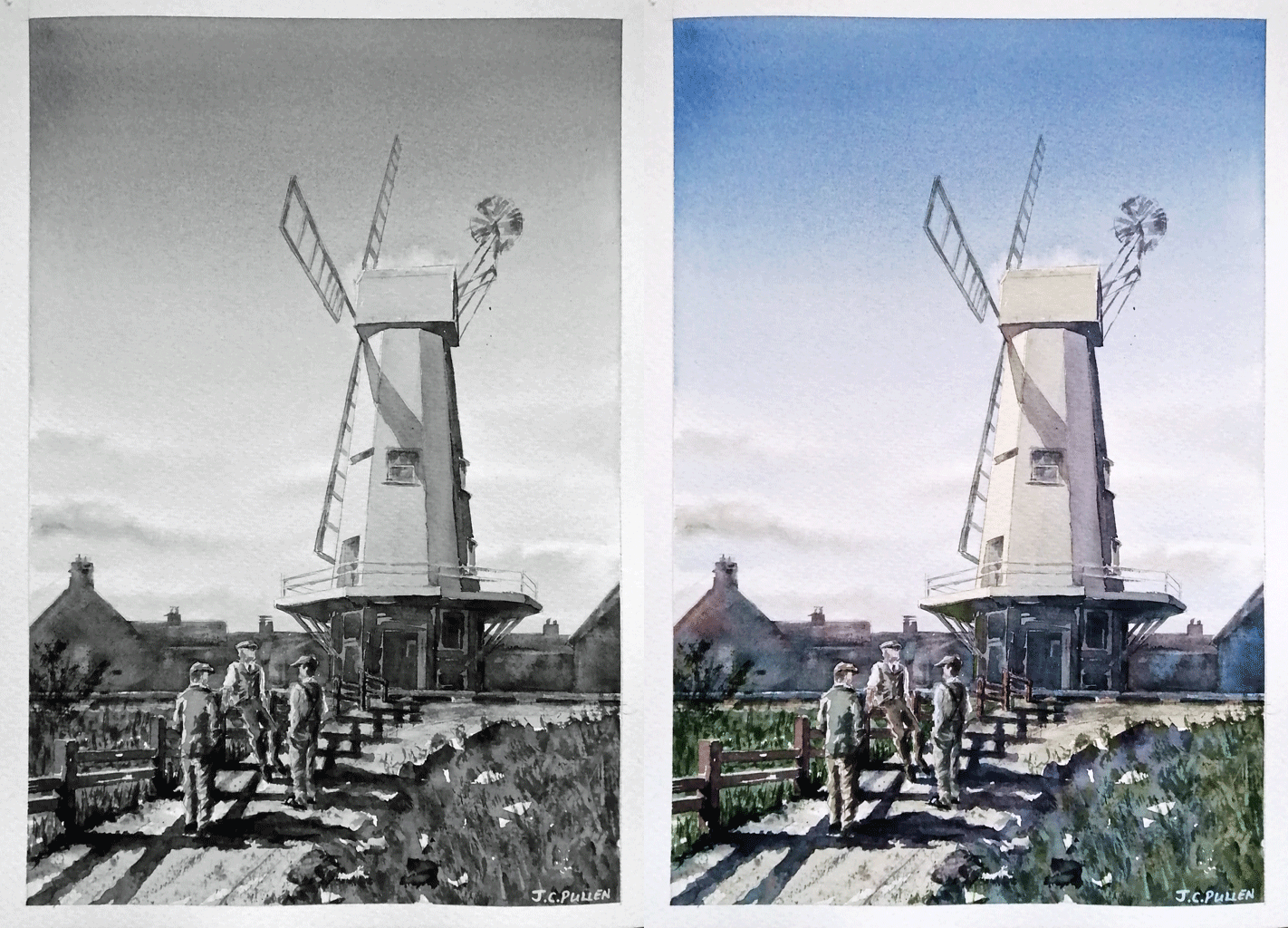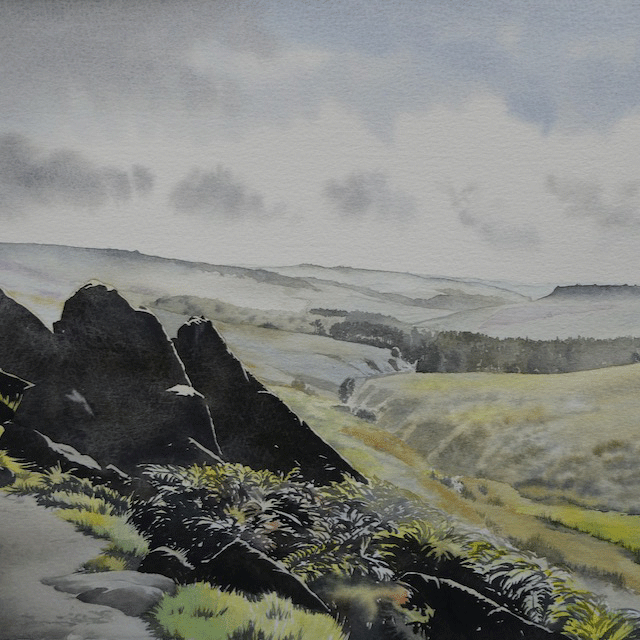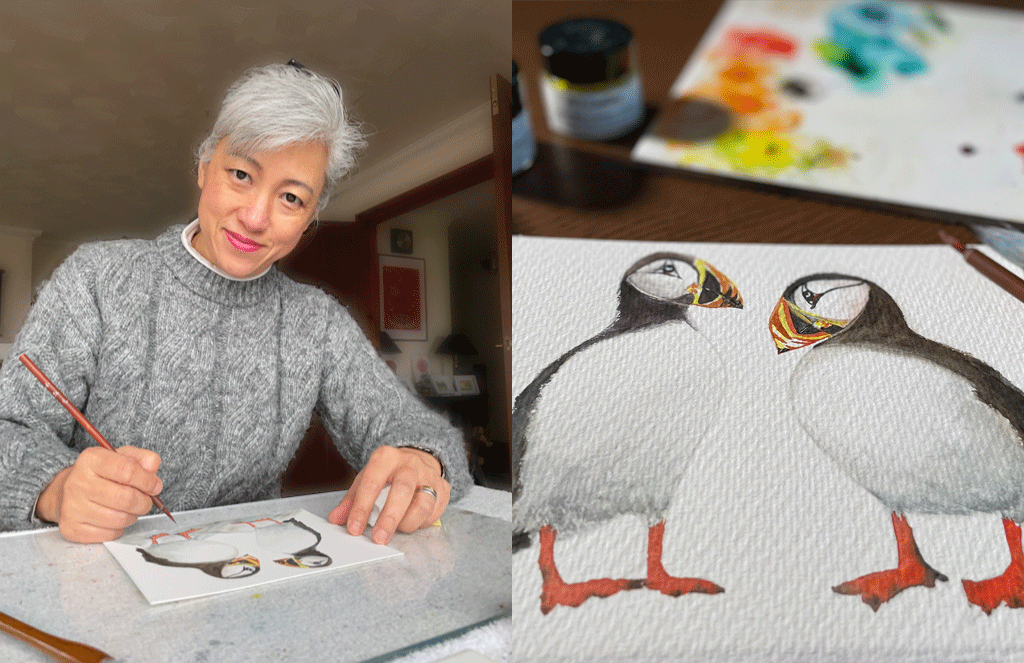ARTicles
Can using Mediums give your Watercolour Painting a contemporary-modernist feel?
Breaking with traditional watercolour and using watercolour mediums can create amazing and colourful work.
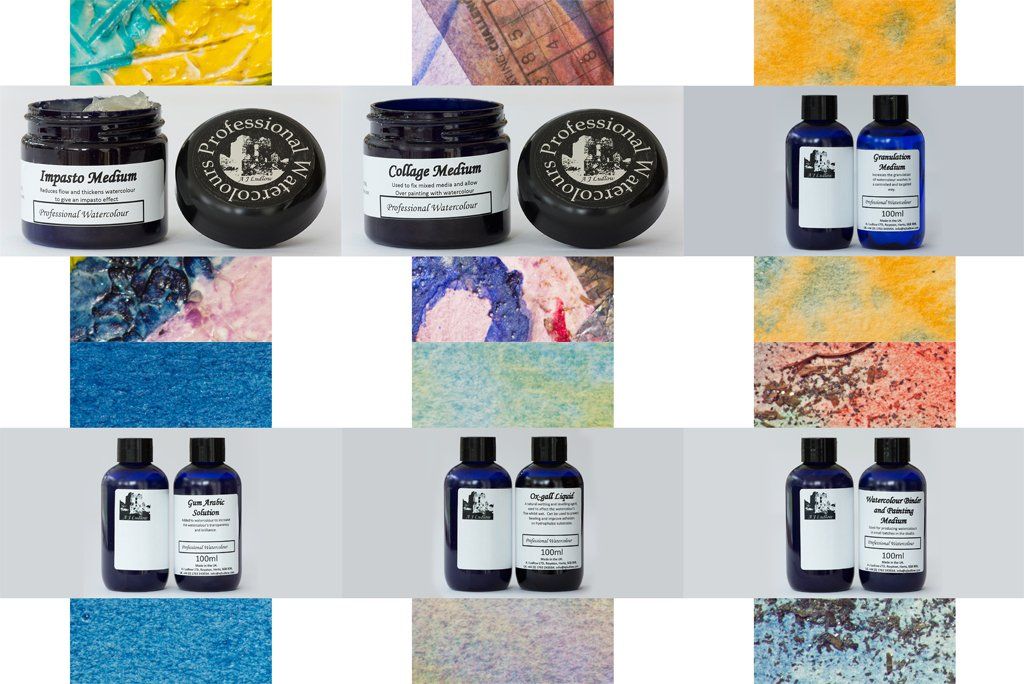
Although the watercolour painting techniques we know today were being introduced by pioneering artist like John Singer Sargent and J. Frank Currier in the late part of the 19th century,* the general feeling at the time was more contemporary than traditional as the watercolour medium was taken to new levels of creativity and what we term as “traditional” watercolour was born. So, with the advent of the 21st century, has contemporary watercolourist developed new ways to extend the creativity of this art medium or just continued to accept it as a traditional set of techniques that cannot be deviated from?
Well, I am often told that there is always acrylics (also a water-based paint medium), if you want to be more “modernist”. Yes, there is acrylic colours that are now made especially for artists and are exceptionally adaptable to a variety of finishes and textures. It is often the medium of choice for the creative painters in our artistic community. However, the more eco-friendly amongst us are starting to be concerned about the amount of micro-plastics found in the oceans, some of which could be coming from the plastic particles washed out of our brushes after painting with artists acrylics. Is there an alternative painting medium that we can use, which can give our artwork a contemporary-modernist feel without possible effects on the environment?
At the risk of being controversial, I have made this point to try to highlight our dependence on the art materials we use and not being able to see beyond what we are trying to create. Yes, in the past I have used acrylic colours to paint with and have washed my brushes in running water, the washings of which have gone off to be treated at the local sewage works. However, times change and I am now more conscious of the impact I can have on my environment and so looked to develop a way to reduce my footprint, but still paint in a similar fashion. I turned to watercolours and developed a range of watercolour mediums that would allow me to paint with texture and introduce interesting effects in my artwork. In short, I have created tools to use and extend watercolour as an artform, rather than just using the art medium as a series of traditional painting techniques. I do honestly believe there is room for both, but in this ARTicle I would like to focus on the former.
Watercolour as a modernist painting medium
In my view, watercolour is a creative artform that is kinder to the environment. Its principal components (gum Arabic and glycerine) are used in food and the pigments I use are all classified as having no harmful effects to health or the environment. So, from an eco-friendly point of view, it would be beneficial to use watercolour.
Professional and artist quality watercolours have higher pigment contents than the equivalent quality acrylic colours, are at their best when they are diluted, have bright and intense colours and intermix with some pleasing results. However, artist acrylic colours have the advantage when it comes to painting on various substrates (watercolour is limited to just paper), applying thickly and creating interesting surface effects (dried watercolour tends to be too brittle and cracks easily in thick layers) and surface modification using various “aggressive” methods, including flames, abrasives, addition of surface active chemicals (surfactants), inclusion of granular and other materials (“mixed media” including collage) and probably other “artistic procedures”, that haven’t yet been discovered, but would give the fine-artist nightmares!
There are a number of watercolour mediums available in the market from other art material brands including Schmincke, Royal Talens and Winsor & Newton. I have also introduced a range of mediums; some of which, I developed to expand watercolour painting into the creative space usually occupied by artists’ acrylics. These include an impasto gel, collage medium, a binder medium and three others that can create interesting surface effects, which are all based on the eco-friendly principal ingredients of watercolour.

Figure 1: A J Ludlow’s range of watercolour mediums, including the Impasto, Collage, Granulation, Binder and Painting mediums, Ox-gall liquid and Gum Arabic solution, which are discussed in this ARTicle.
Creating 3D surfaces
For 3D surface effects, the Impasto Medium is ideal. It can be used pure or mixed with undiluted moist watercolour. It is suitable for palette knife painting and can be overpainted with watercolour after drying. After application it can be scratched into, for sgraffito techniques and in thick layers remains flexible. In an earlier ARTicle, “Can Iridescent and Metallic Effect Pigments add a little Sparkle to Watercolour Painting?”, Meiru used Impasto Medium in her painting “Lustrous Poppies” to create the effect shown in figure 2, where watercolour has been painted on top of the dry impasto medium in some areas and in others, mixed into the impasto gel first before applying by palette knife.

Figure 2: Detail from “Lustrous Poppies” by Meiru Ludlow, showing the sgraffito techniques employed to create the flowers and leaves in the painting (first shown in November 2021’s ARTicle).
Figure 3 shows watercolour and impasto gel used in a more modernistic and abstract style. In the photograph, the surface has the appearance similar to an acrylic painting. The work being a watercolour, will still require to be framed under glass or Perspex, but this would also be a requirement if a soft acrylic polymer was used.
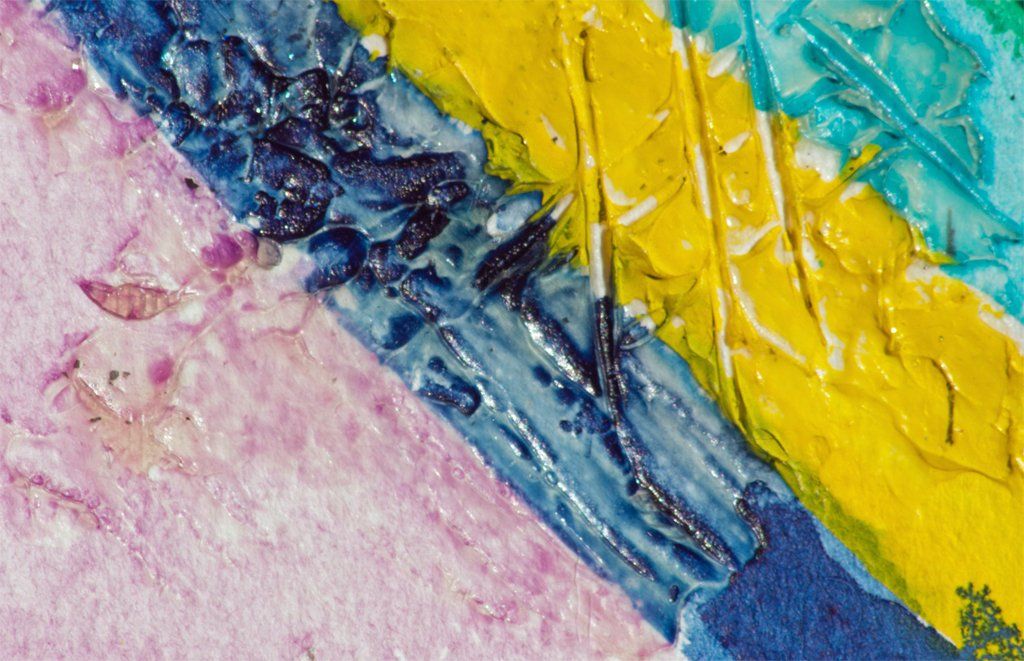
Figure 3: Detail from an abstract painting using watercolour and impasto medium.
Creating mixed media and collage works
With regards to substrates, a heavy watercolour paper will give the best foundation. Schmincke has a fine and coarse watercolour ground, which acts as a primer for linen canvas, card board and wood, so these substrates accept watercolour. This ground is actually based on acrylic polymer dispersions and so would still present a dilemma to the eco-friendly artist. Alternatives, would include Ox-gall liquid, which is often used to reduce surface tension and so allow the watercolour to wet a substrate, but not improve its adhesion.
Whilst developing my Collage Medium, I discovered that it not only acts as an adhesive, but also can be used as a watercolour ground. I used it as both in the painting shown in figure 4, where I fixed aluminium kitchen foil to a piece of watercolour paper (figure 4a, 4b) and then after coating the foil with Collage Medium (figure 4c), the surface accepted watercolour (4d). The Collage medium can be used to fix a variety of different materials to a painting and has the advantage that when dry can be overpainted with watercolour, unlike conventional PVA and latex adhesives.
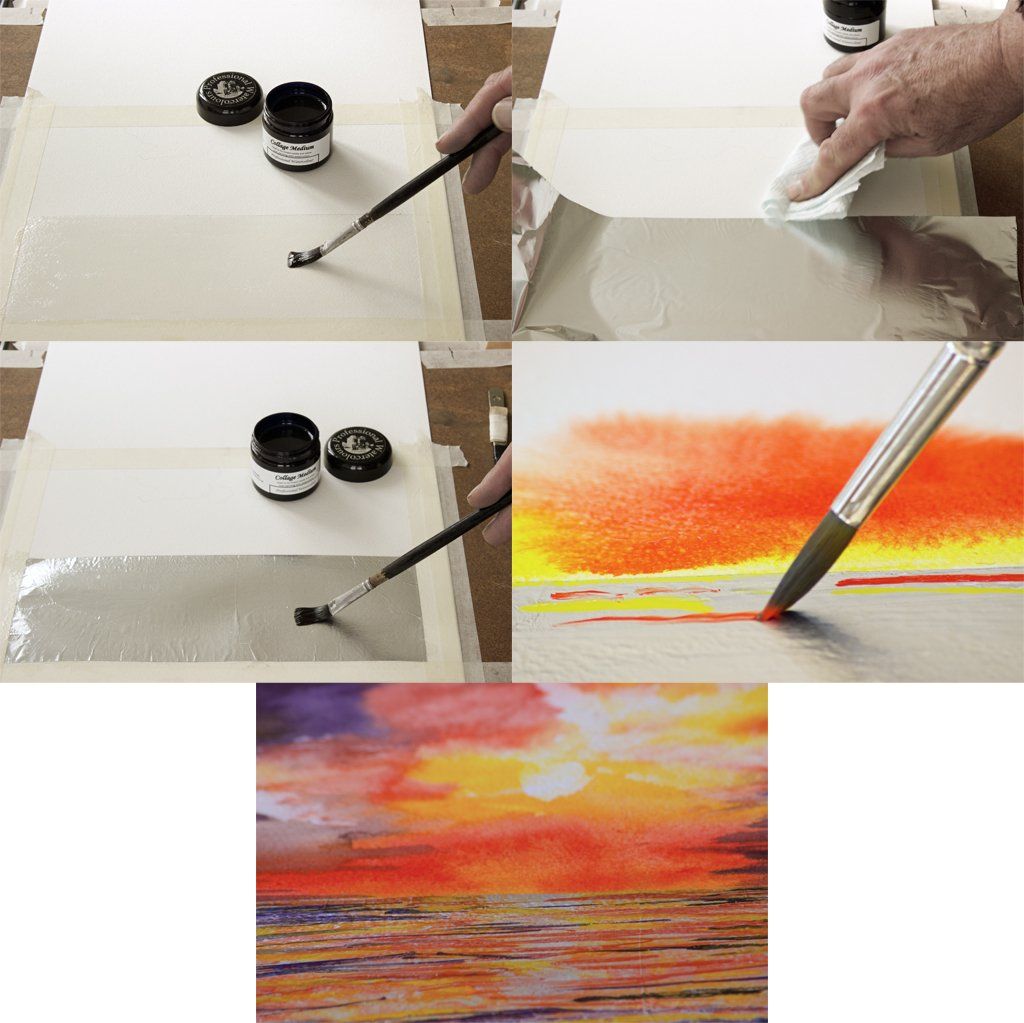
Figure 4: “Sunrise” by Andrew Ludlow, pictured in stages.
Painting effects
Granulation mediums are popular amongst the art material brands and I too have one. Mine is a little different as it can be used to create interesting painting effects (as shown in figure 5 and 6). To create the effect in figure 5, I dropped neat granulation medium onto a wet wash of colour, which caused the yellow to reticulate. After allowing it to partially dry, I then feed the green into the areas where the medium had been dropped. Interesting effects can also be achieved using the medium in different ways, for example, as the wash water or wetting the paper with it first before introducing watercolour.
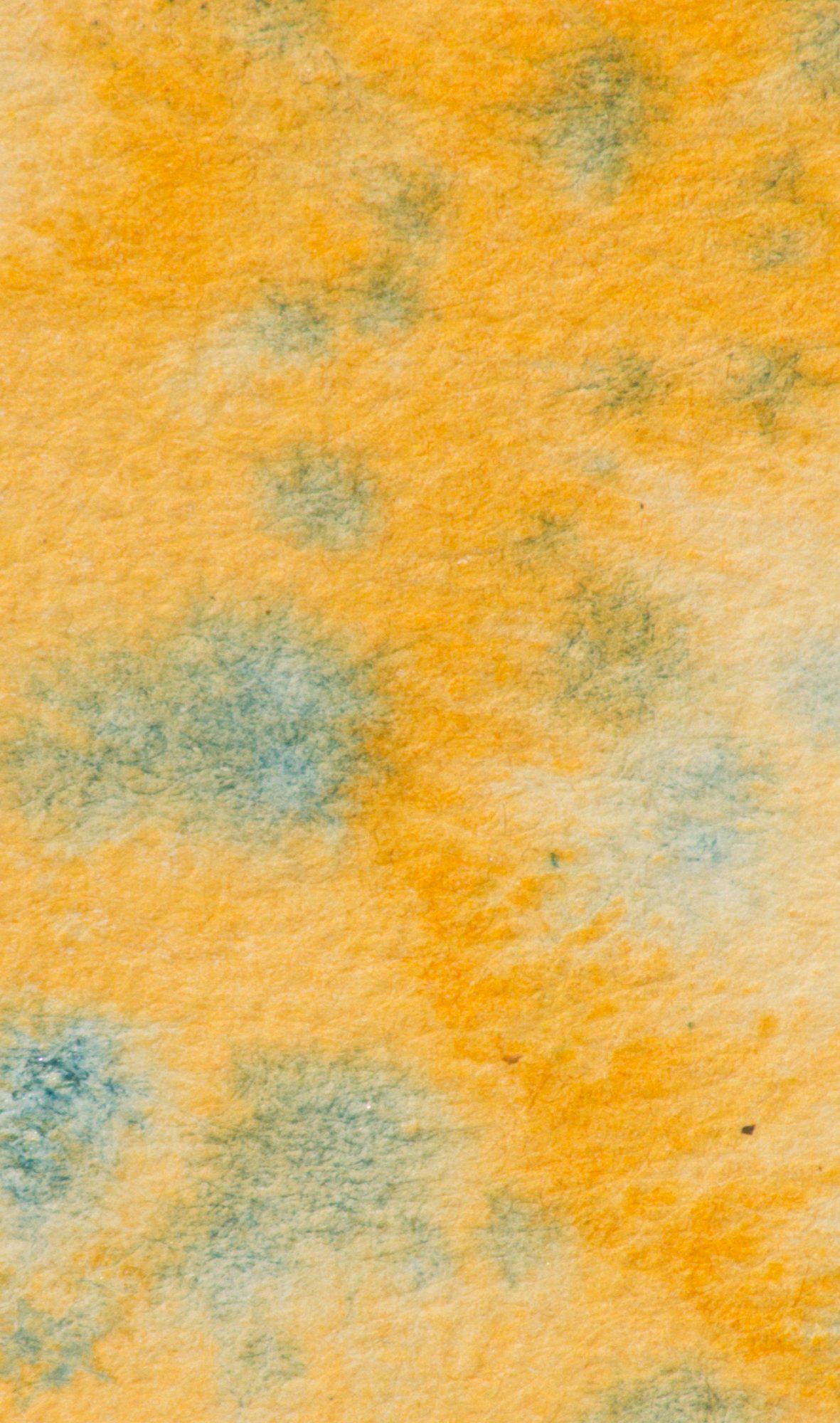
Figure 5: Details from an abstract painting using A J Ludlow’s Granulation medium.

Figure 6: More painting effects created using Granulation medium.
Gum Arabic solution and Ox-gall liquid when used together can create interesting tendrils (see figure 7), whilst Ox-gall on its own creates delicate layers (figure 8).

Figure 7: Creating watercolour tendrils using gum Arabic and Ox-gall.
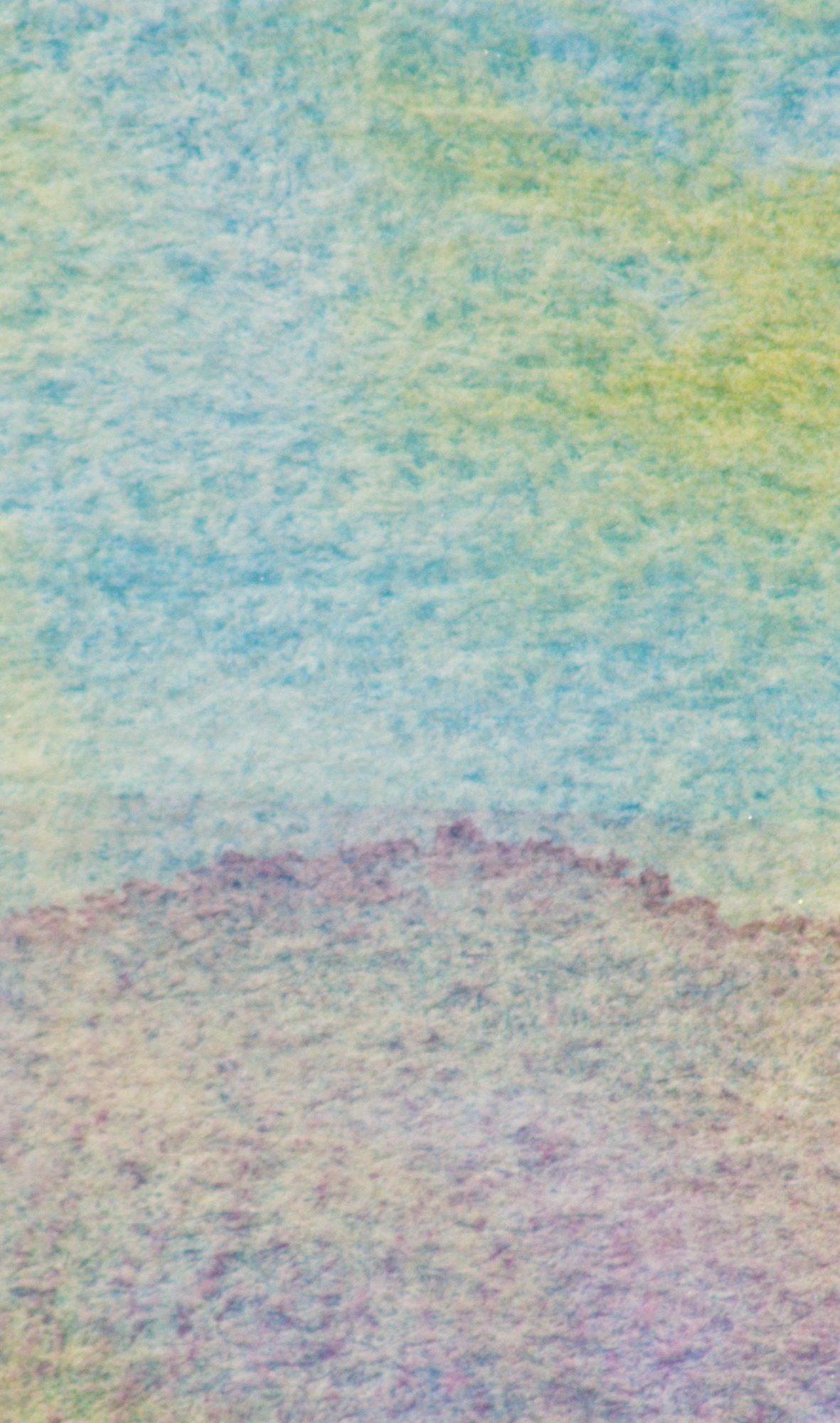
Figure 8: Creating delicate layers and flow patterns using watercolour mixed with A J Ludlow’s Ox-gall liquid.
In an earlier ARTicle discussing using iridescent and metallic effect pigments, I introduced my Watercolour Binder and Painting medium, which can be used to produce home-made watercolours. It can also be used to produce granular pastes, to produce fine or coarse texturing agents and in the case of the painting in figure 9, a watercolour containing saw dust and small particles of mirrored glass.
